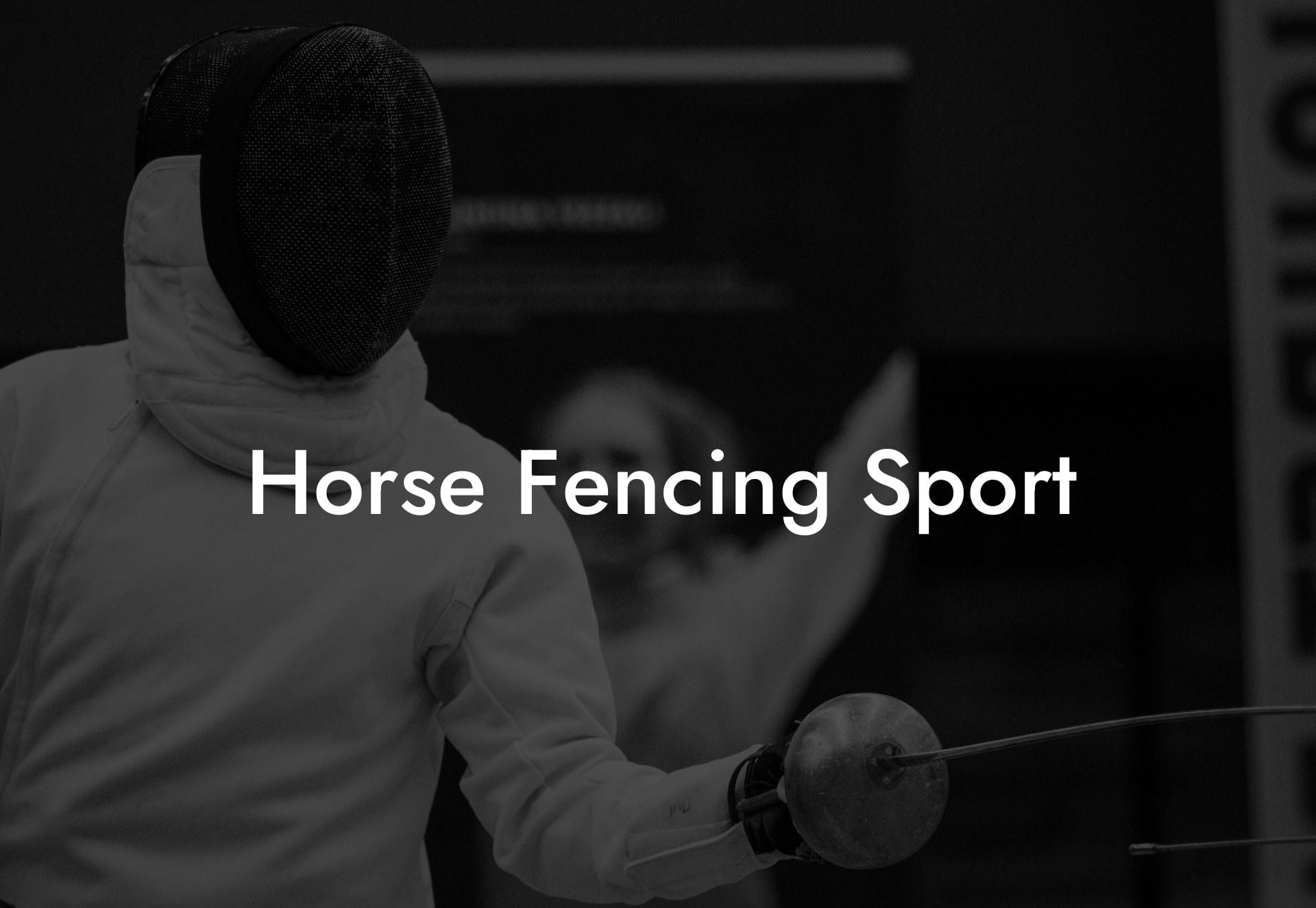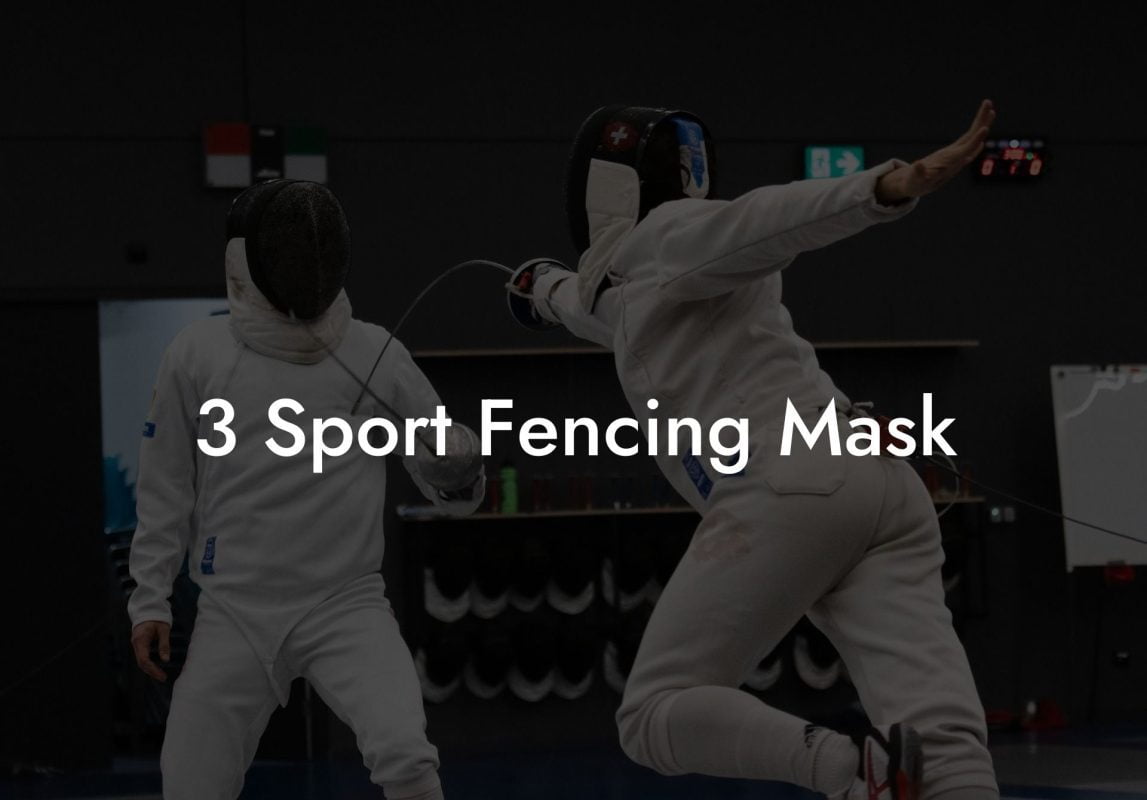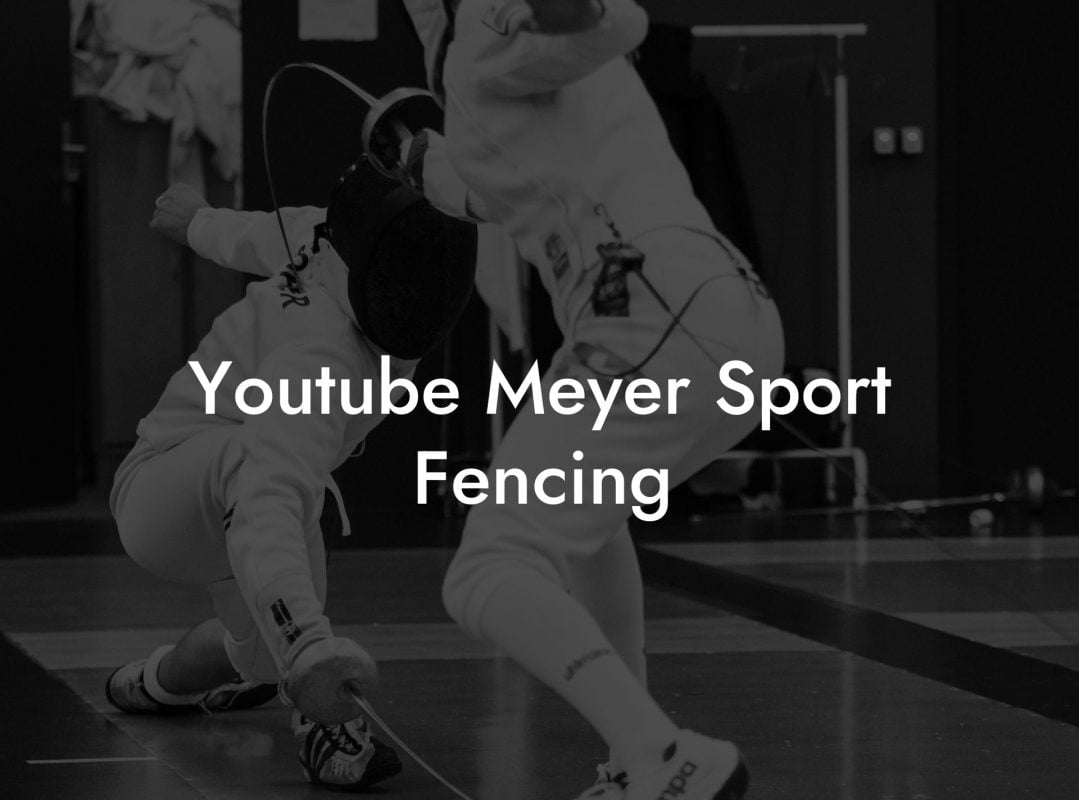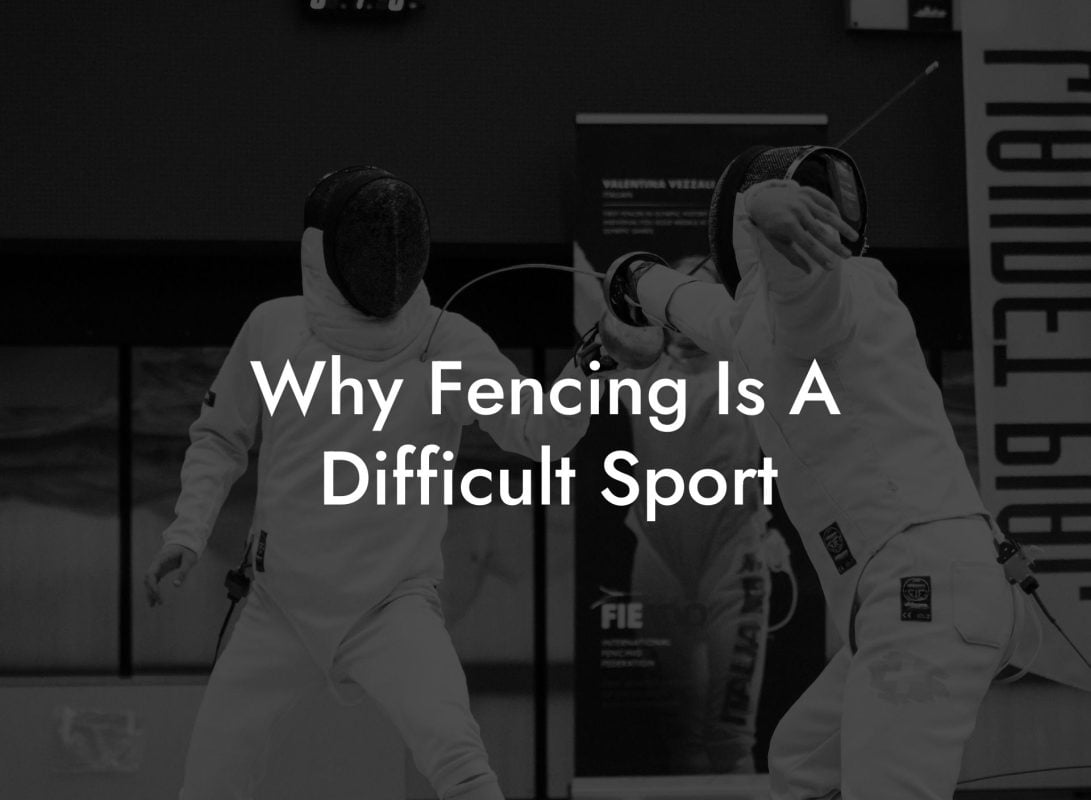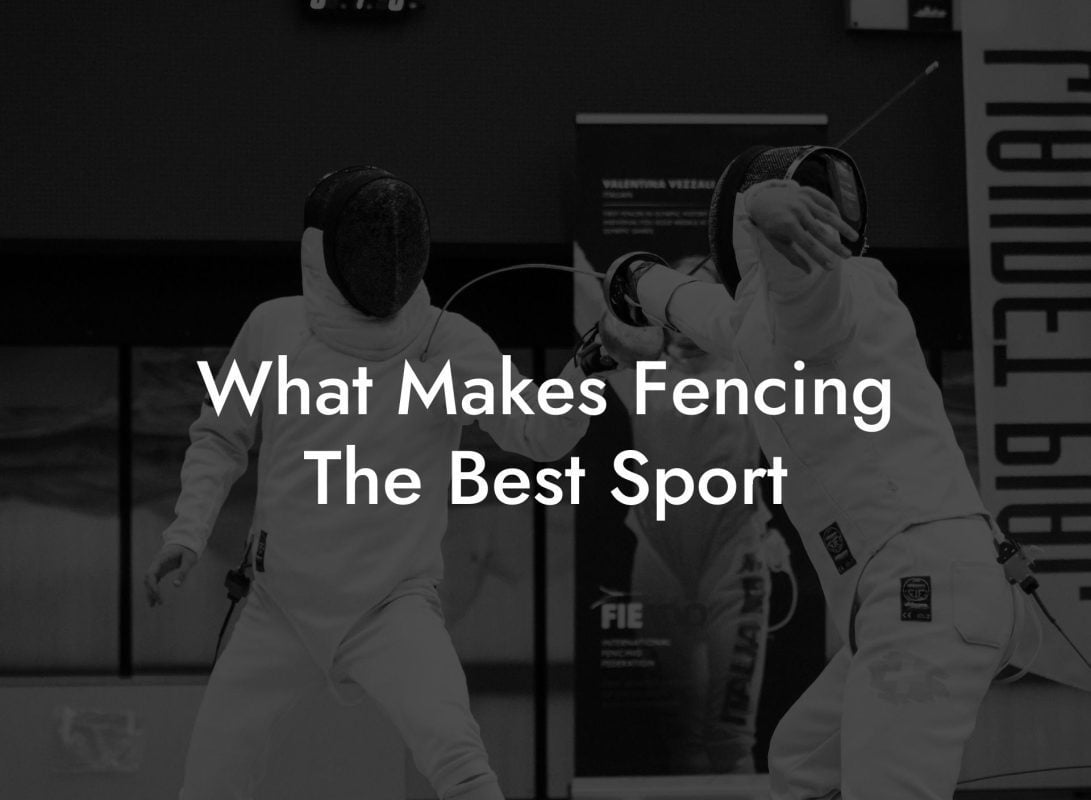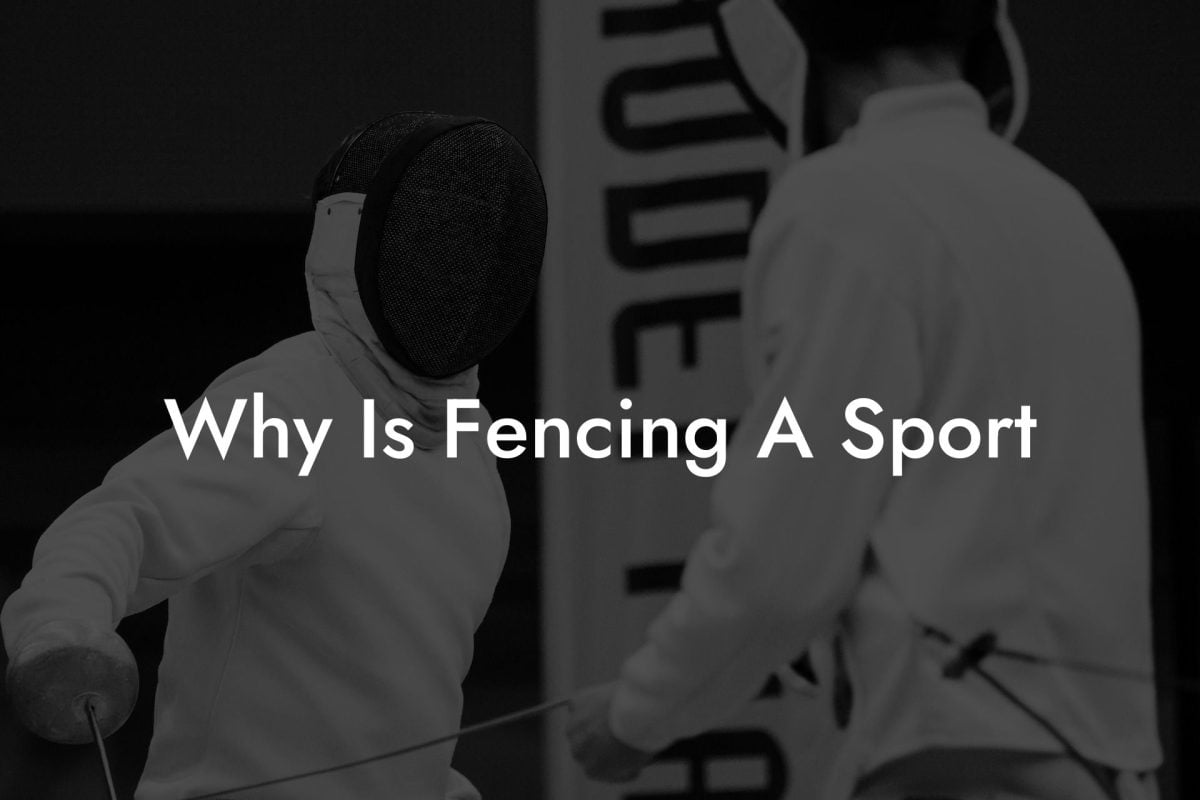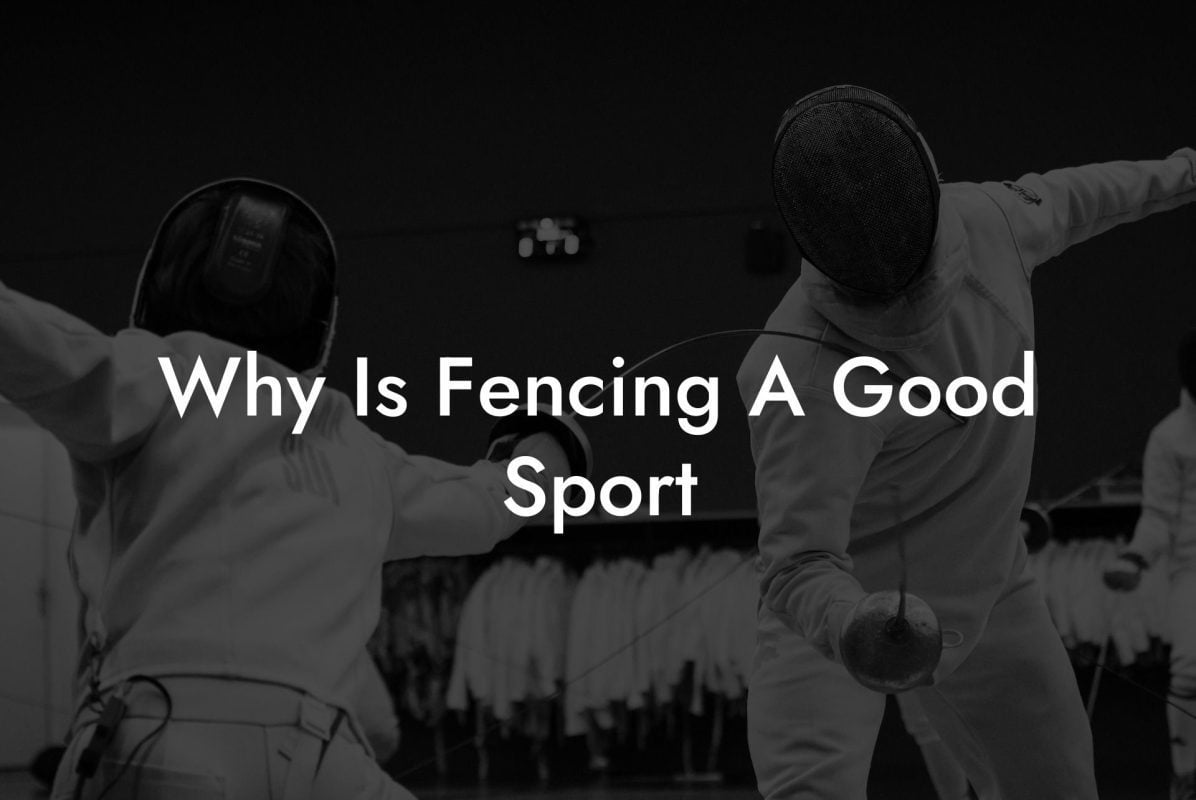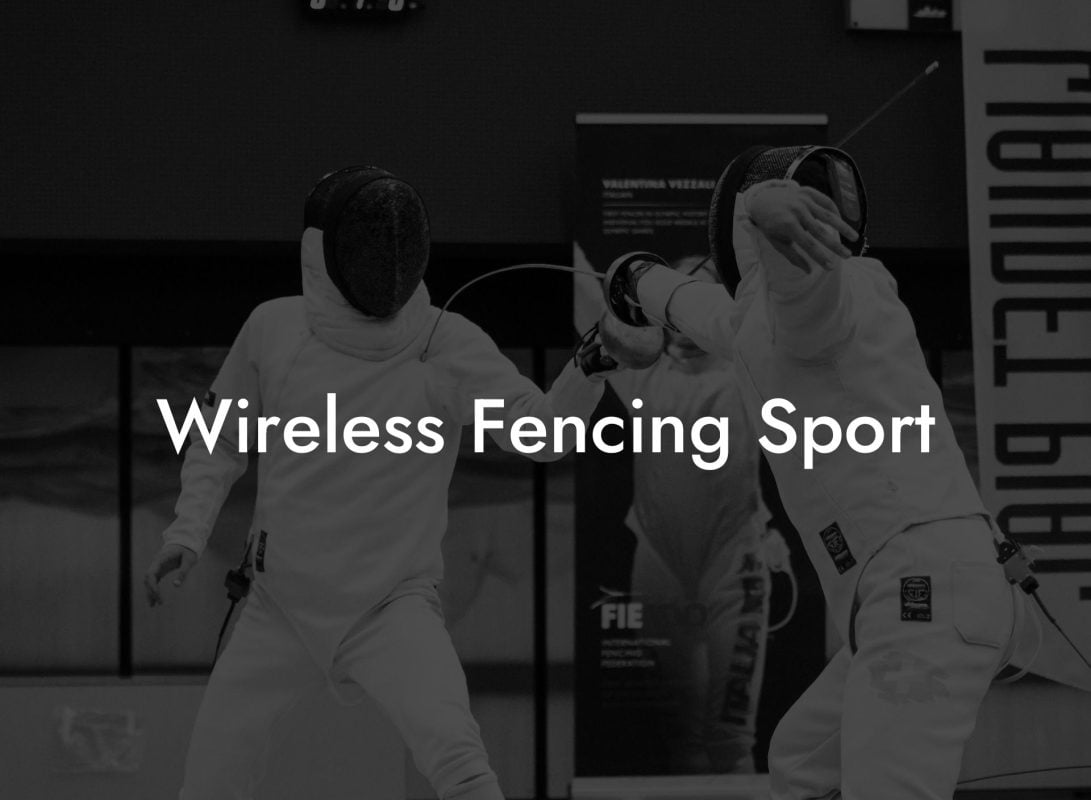Discover the exciting world of horse fencing, an equestrian sport that combines the elegance and precision of fencing with the power and grace of horsemanship. In this comprehensive guide, we’ll explore the history, equipment, and techniques of horse fencing, giving you everything you need to know to understand and appreciate this unique sport.
Horse Fencing Sport Table of Contents
A Brief History of Horse Fencing
Horse fencing, also known as equestrian fencing or mounted fencing, has its origins in the ancient techniques of mounted combat. As early as the 5th century BC, Greek and Roman soldiers were trained in equestrian combat, a skill that would be honed and refined through the ages as knights and cavalry took to the battlefields of Europe.
In modern times, horse fencing has evolved into a sport that showcases both the rider's fencing skills and the horse's agility and obedience. Today, it is practiced mostly in Eastern Europe, particularly in Hungary, Poland, and Russia. Competitions often take place at historical reenactments, horse shows, and in dedicated horse fencing clubs and schools.
Equipment and Clothing
Horse fencing requires specific equipment for both horse and rider to ensure safety and allow for precise movements. Here are the essentials:
- A fencing sword, typically a sabre, specially designed for mounted use, with a curved blade for sweeping cuts and a knuckle guard for hand protection.
- A protective mask with reinforced padding to protect the rider's face and head.
- A body protector or plastron, to protect the torso.
- Sturdy gloves to protect the hands and improve grip on the sword.
- Comfortable, close-fitting clothing that allows for freedom of movement, usually in lightweight, breathable material.
- A riding helmet to protect the head in case of falls or accidents.
- A saddle with a flat seat and short stirrup leathers, allowing for a secure, balanced seat and precise leg aids.
- Protective boots or wraps for the horse's legs, and a bridle with a bit suitable for the horse's level of training and comfort.
Techniques and Tactics
The successful horse fencer must master a combination of riding skills and fencing techniques. Here are some key areas of focus:
- Balance and Seat: A secure, independent seat is crucial in horse fencing, as the rider must maintain their own balance and not rely on the horse for support while executing fencing moves.
- Leg and Hand Aids: Clear communication with the horse is essential, allowing for seamless transitions between gaits, direction changes, and precise positioning as needed for fencing moves.
- Footwork: Riders must be able to move swiftly and nimbly on the ground when dismounted, either for tactical reasons or in case of falls.
- Fencing Techniques: Sabre techniques, such as cuts, thrusts, and parries, must be adapted for the speed and movement of horseback combat. Riders must have excellent timing and control of their sword to hit their targets accurately.
- Strategy: Horse fencing requires quick thinking and planning, as riders must anticipate and respond to their opponent's moves while also managing their horse's positioning and reactions.
Horse Fencing Sport Example:
Imagine a mounted fencing bout, with two riders facing off in an outdoor arena, their horses poised and ready. The referee signals the start of the match, and the riders guide their horses forward with precise leg aids. As they approach each other, the fencers execute swift cuts and parries with their sabres, their timing and accuracy honed by hours of practice. The horses respond to their riders' aids with fluid grace, allowing for the sudden changes of direction needed for effective swordplay. The bout is fast-paced and exhilarating, requiring focus and skill from both rider and horse.
Horse fencing is a breathtaking and exhilarating sport that demands physical prowess, mental agility, and a deep bond between rider and horse. Whether you're a seasoned equestrian, a devoted fencer, or simply an enthusiast, we hope this guide has piqued your interest in the world of horse fencing. Be sure to share this article with your fellow equestrian and fencing enthusiasts, and explore more exciting guides on Anchorage Fencing Club.

